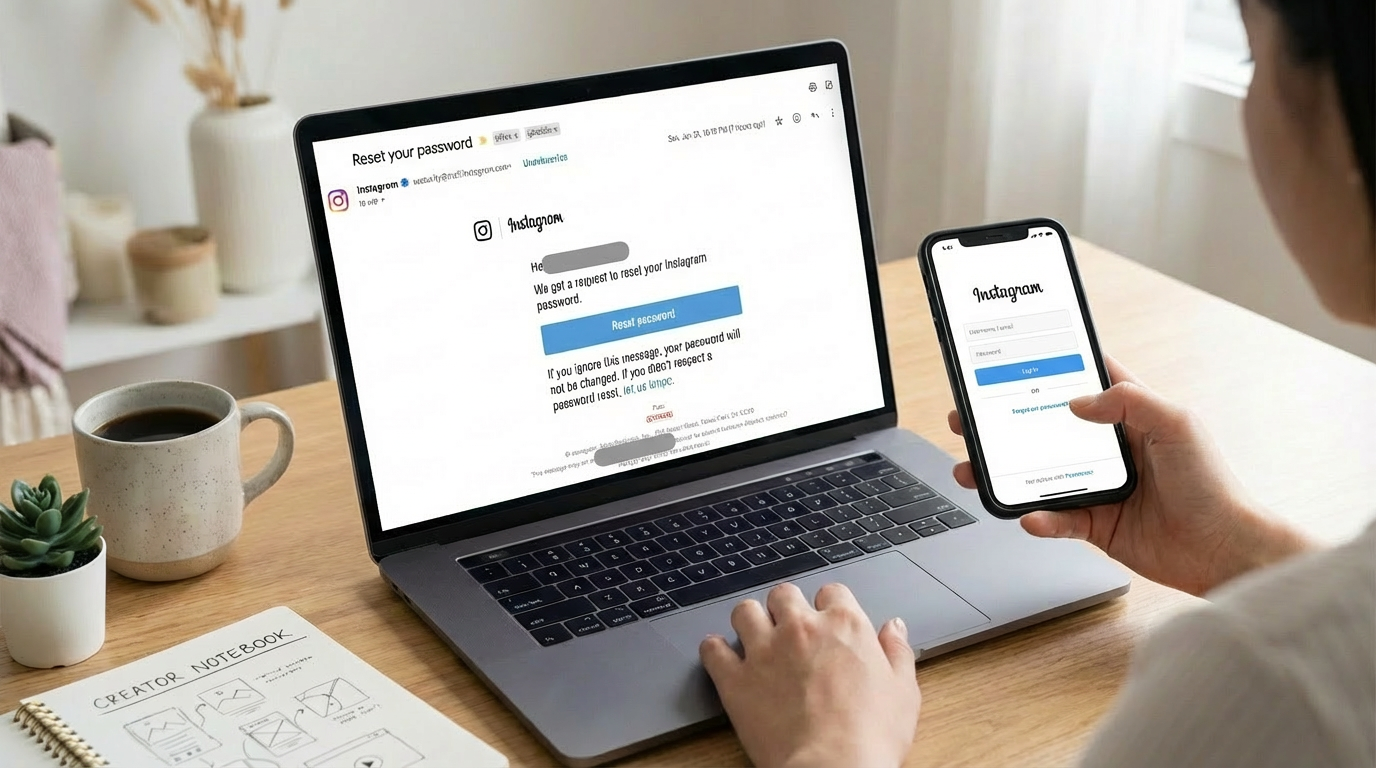MOAB Breach: 26 Billion Data Records Leaked Online

Key Takeaways
These days, stories about cyber threats pop up all the time but few have made as big news as the so-called “Mother of All Breaches” (MOAB). With a jaw-dropping 26 billion records exposed, it’s being called one of the largest data leaks ever. At first, headlines made it sound like a brand-new cyber apocalypse, sparking plenty of panic. But the truth is a little more complicated.
Most of this information isn’t freshly stolen, it’s a giant collection of data from thousands of past breaches, all bundled together in one massive database. That doesn’t make it harmless, though. The sheer size and easy access of MOAB mean hackers have a treasure trove of data ready to exploit.
In this article, we’ll break down what MOAB really is, why it matters, and what you can do to keep your personal information safe.
{{component-cta-custom}}
What is MOAB Breach (Mother of All Breaches)?
News broke last week that a security researcher, Bob Diachenko from SecurityDiscovery.com, found 26 billion stolen records sitting in 1,000’s of files in what was dramatically called the “Mother of all data breaches (MOAB).” Just how on earth 12 terabytes of data were so easily exposed online is still not completely clear, but what is certain is that it caused a huge wave of panic and hysteria.
What Happened Exactly?
It initially appeared that around 26 billion customer records had been stolen from more than 3,800 different websites, platforms, and companies. After some investigation, however, it turns out these records had actually already been stolen and exposed online over the past years, and now someone had simply collected them all together in one place (how convenient!). In other words, this was kind of old news recycled. Well, almost - but not quite.
What Has Been Leaked, and Where?
We’re talking here about email addresses, passwords, addresses, phone numbers, and possibly even credit card details. It’s such a huge amount of data that we don't really know yet. The 3,800 breaches include records from X/Twitter (281M), LinkedIn (251M), Wattpad (271M), Zynga (217M), Canva (143M)... the list goes on and on.
What we DO know is that all this information is sitting online and is for sale very cheaply to hackers and scammers.
And that’s the risk here. This information has already been leaked in the past, but it’s now readily available to thousands of hackers, not just a select few.

What Should You Do After the MOAB Breach?
If you’re a Guardio Premium customer, and your data is involved, then we most likely alerted you when the data was initially leaked. And if you’ve fixed and resolved those leaks, then you shouldn’t have anything to worry about. Still, we advise you to stay alert and be aware of suspicious phone calls, text messages, and emails from people or companies you don’t know, who may use personal information to try and gain your trust.
Not a Guardio Premium customer? Run a security scan right now to see if we found any of your data. It takes less than 2 minutes.
If you’re in any doubt at all, we recommend you change your passwords to your online accounts - and do not reuse passwords, whether you’re a Guardio customer or not. Be sure you don't use the same password for more than one account - keep them unique.
You may find that you’re suddenly prompted to log into or verify online accounts, or you may receive notifications that an account has been suspended. Look twice, be vigilant, be suspicious. These are some of the favorite tricks hackers use to hijack accounts. Again, if you’re a Guardio customer, you’ll be safe from such scams. If you’re not, well, now’s a perfect time to start your 7-day free trial.
If you discover your financial data has been leaked online, contact your bank or card provider immediately and tell them about the leak. Consider canceling your cards if you’re worried. And check your accounts and statements for any unusual activity or transactions you don’t recognize.
{{component-tips}}
Conclusion
The “Mother of All Breaches” may sound apocalyptic, but in reality, it’s less about a brand-new data disaster and more about a dangerous repackaging of years of stolen information. What makes MOAB so concerning is not the freshness of the data, but its accessibility, billions of records now neatly compiled and easily exploited by anyone with malicious intent.
This incident serves as a sobering reminder that data breaches don’t simply fade into the past once exposed; they can resurface at any time in new, more threatening forms. The key takeaway is simple: vigilance is non-negotiable. Protect yourself by practicing strong password hygiene, monitoring for suspicious activity, and acting quickly if your financial information is ever compromised.
{{component-cta-custom}}








